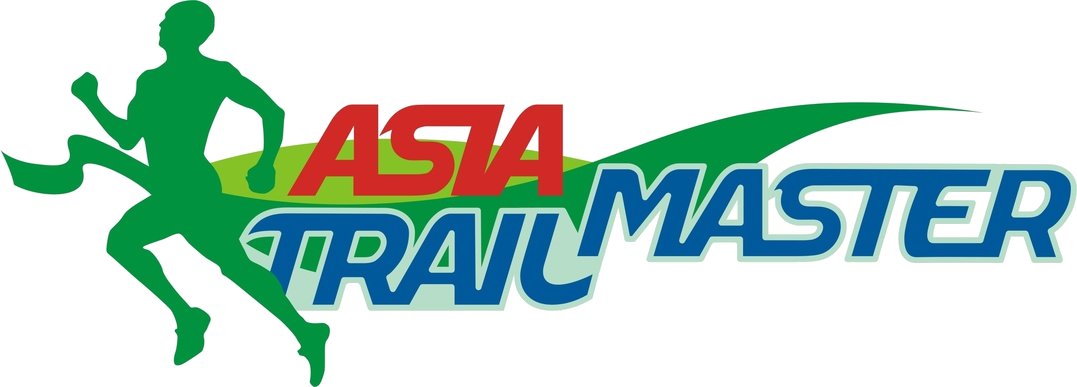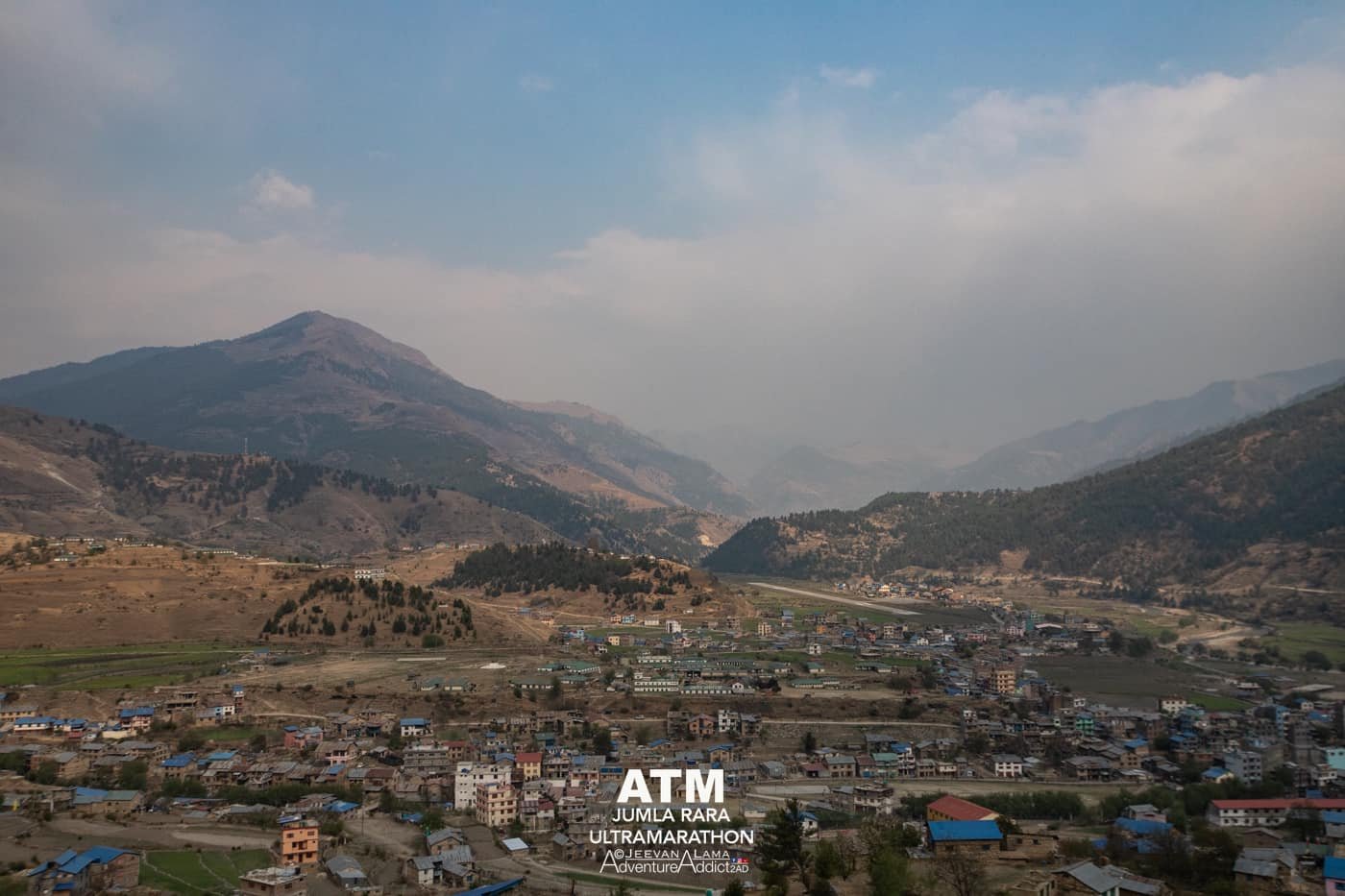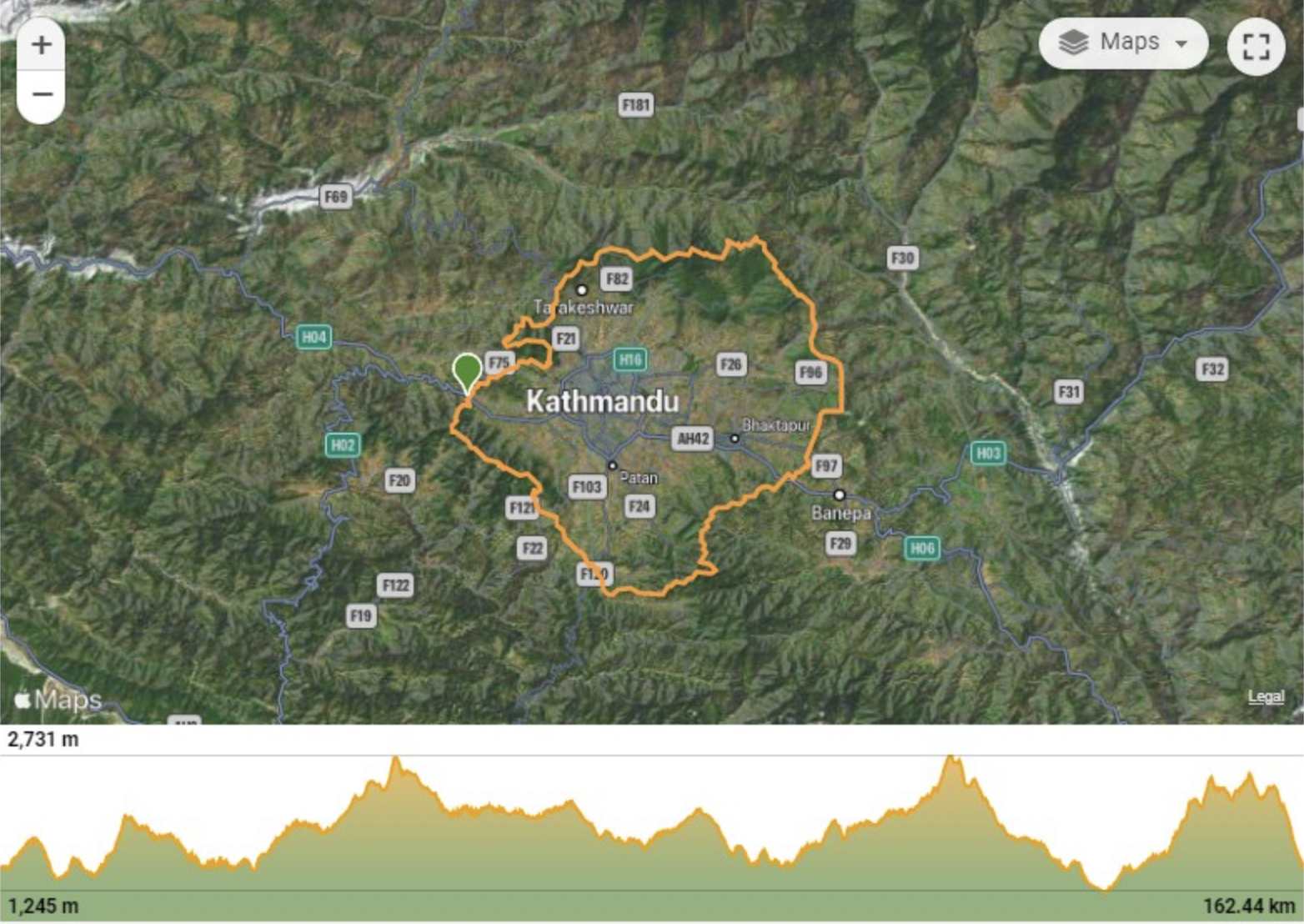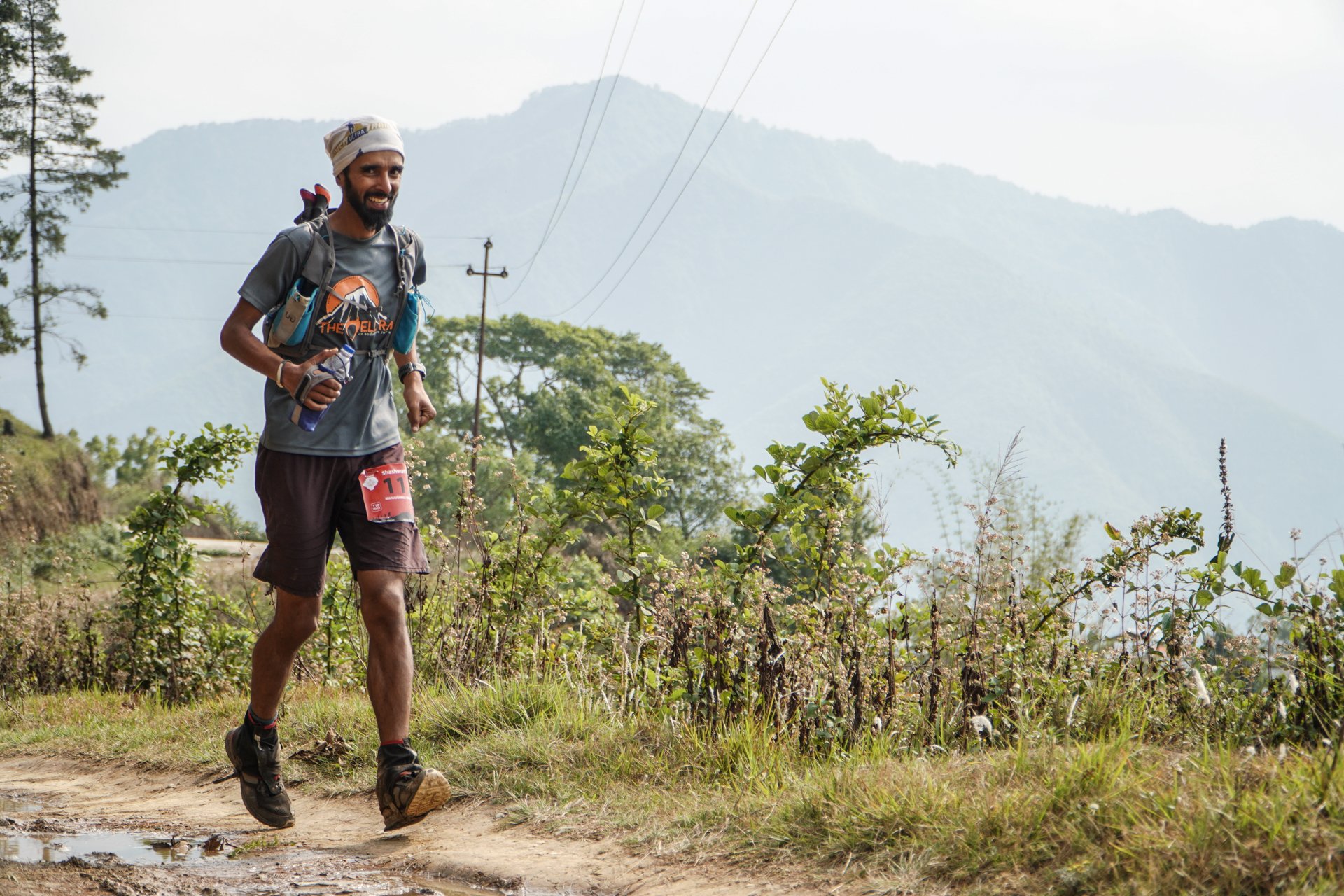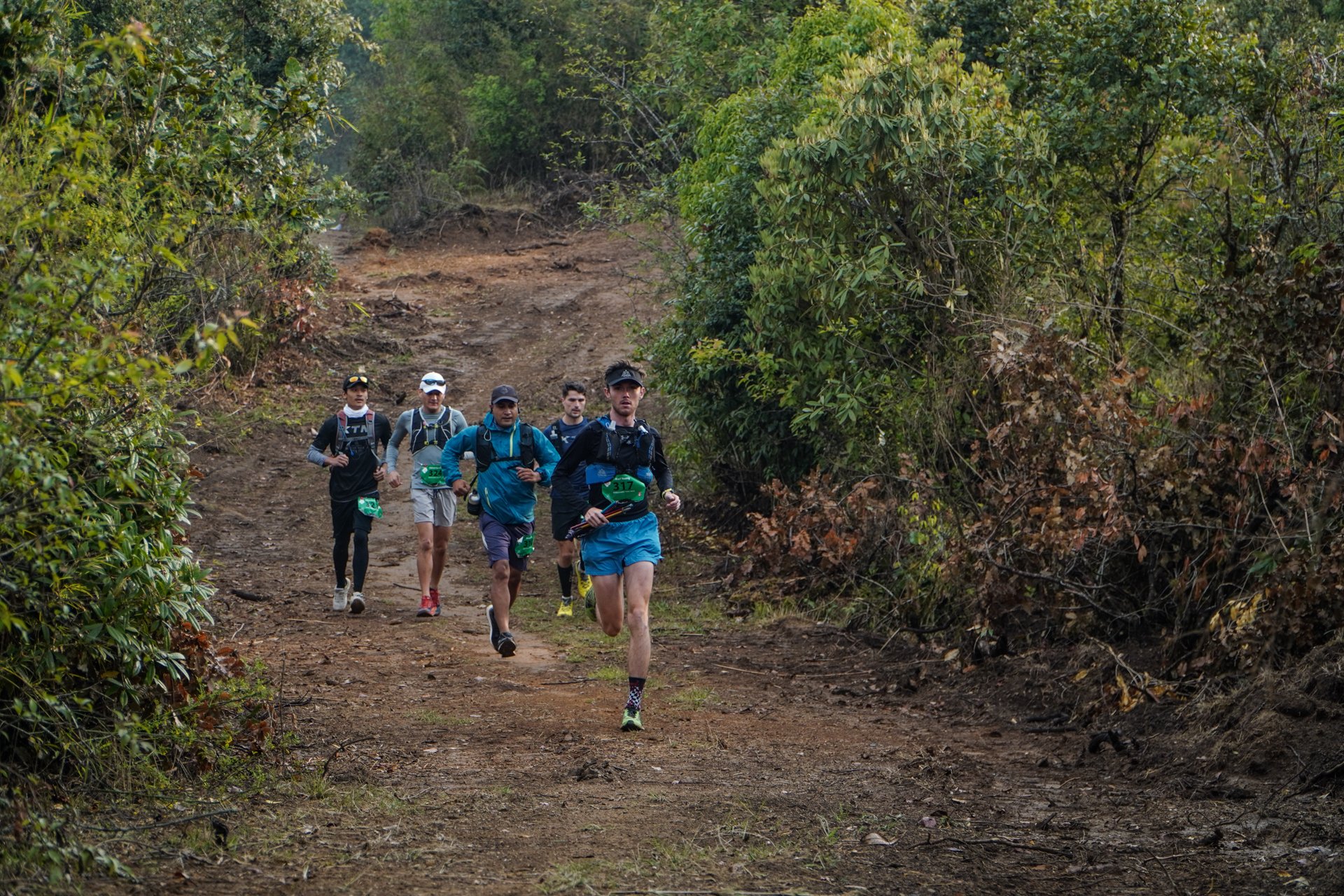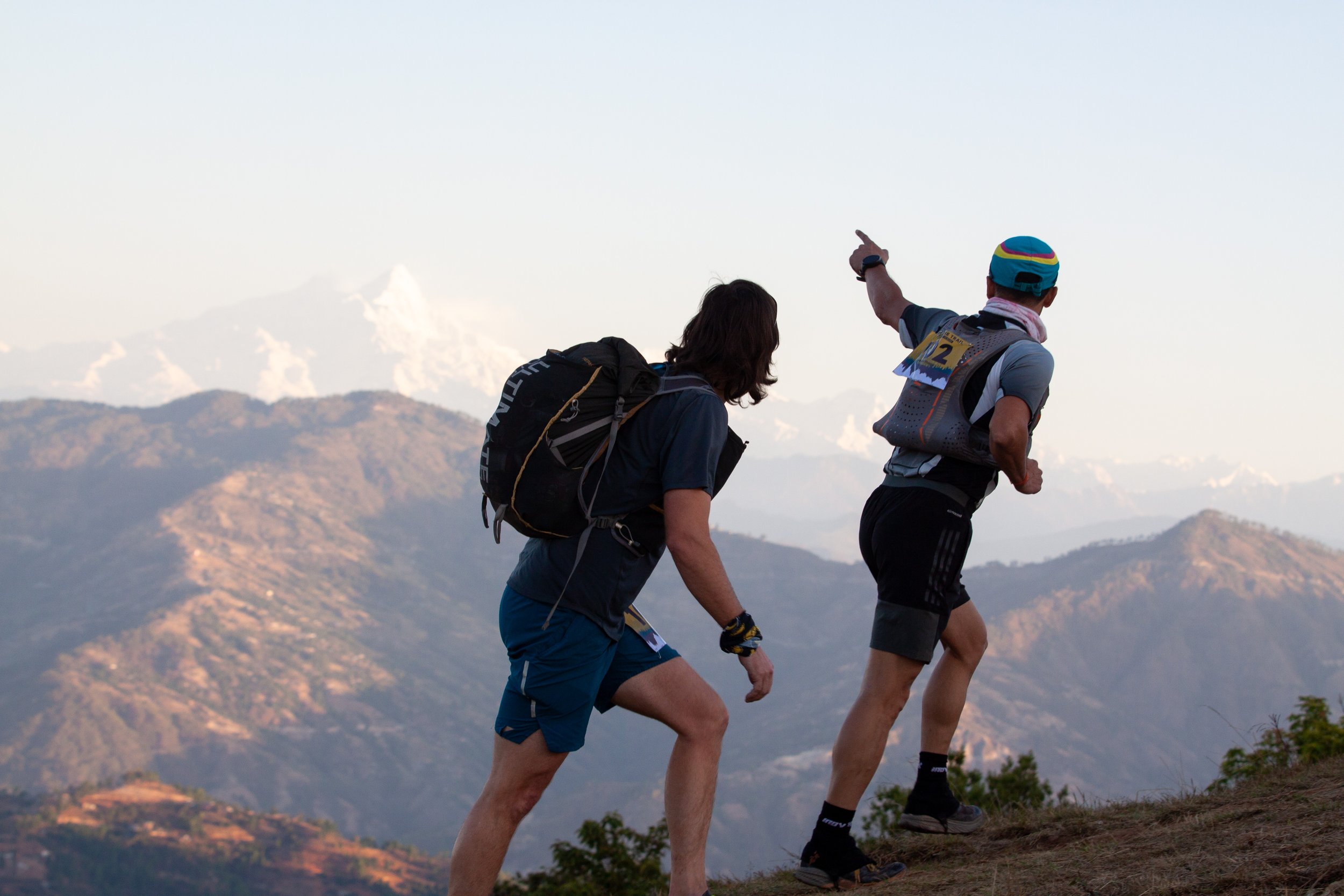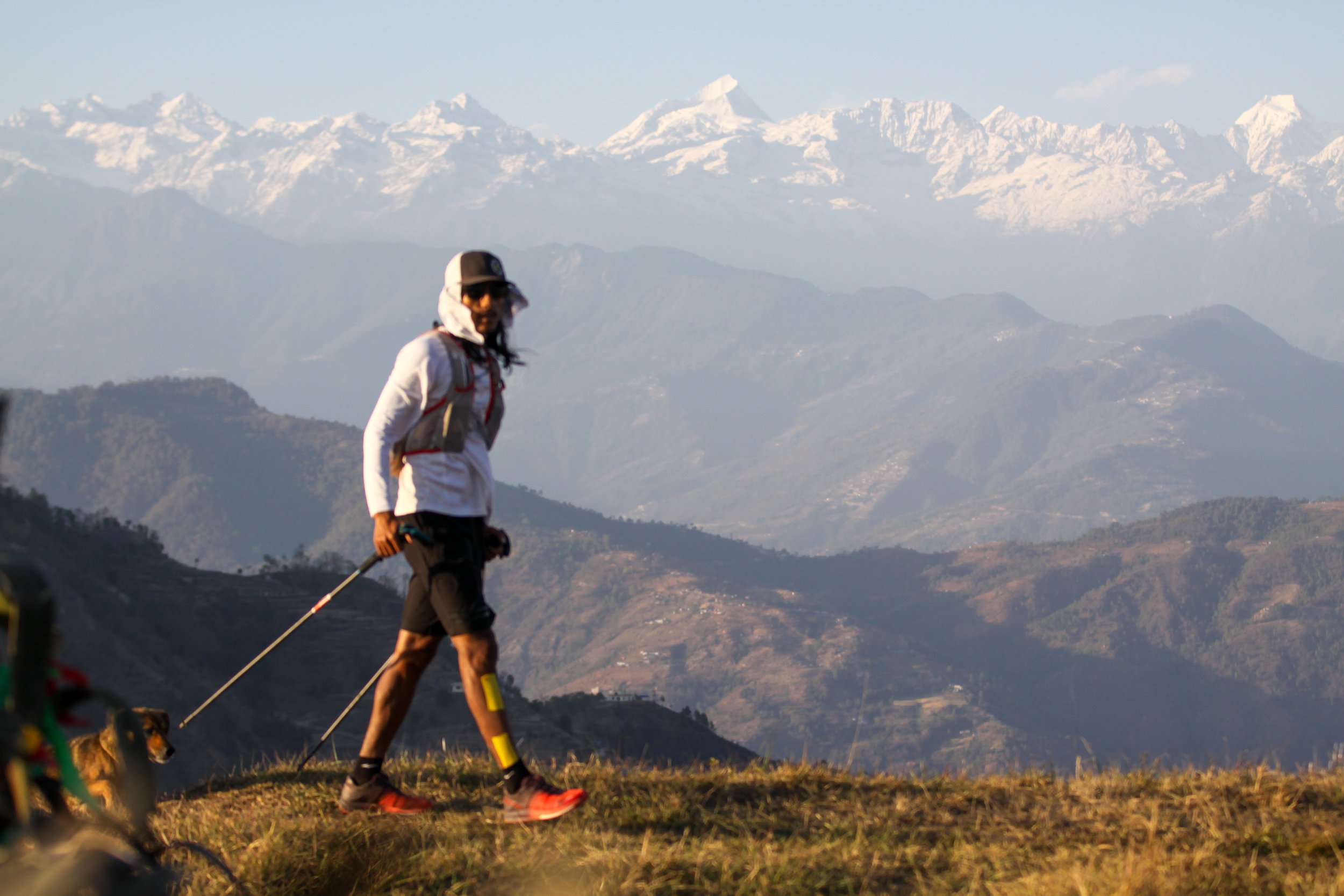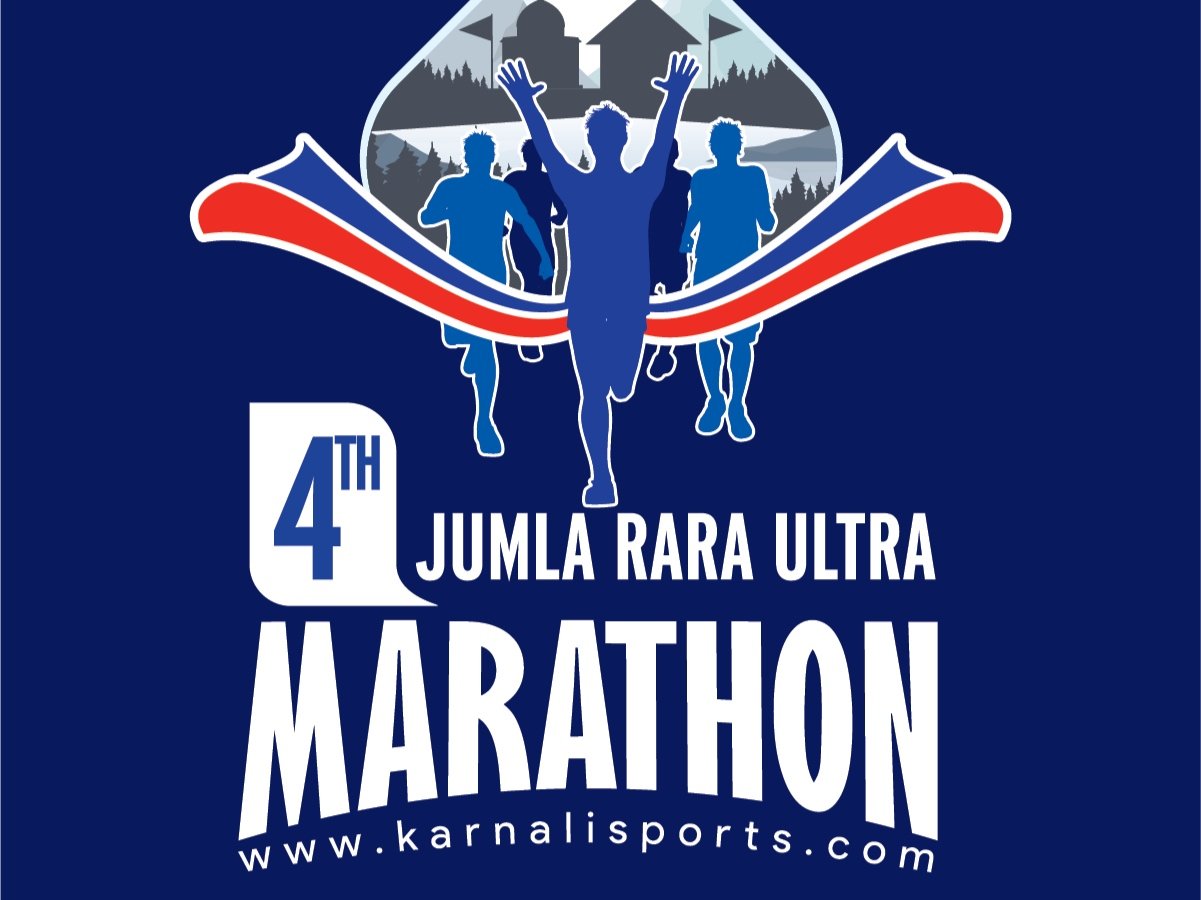The 5th edition of the Manjushree Trail Race along the Kathmandu Valley Rim saw the same race winners as last year in the main distance categories, each essentially conforming their status among the elite crop of trail runners in Nepal. Reigning female ATM Champion Priya Rai ran her first race since winning the ATM title in September last year and once more showed her ever growing competitive form by going more than half an hour faster compared to herself a year ago on the 50km. Arjun Rai Kulung and Nirmala Rai both took second consecutive wins on the longest ultra, the 100 Miles, and Man Kumar confirmed his potential as a 2025 ATM title contender by taking the men’s 50km victory. 2023 female ATM Champion Rashila Tamang also showed good firm in winning the 100km as her first of two mandatory steps towards a wild card for this year’s ATM Championship Final in Vietnam in October. The men’s 100km, a distance that only provided a Grandmaster point to finishers and no championship points, saw Bishal Rai finishing first.
The Manjushree Trail Race 2025 enjoyed a much higher international participation rate than ever and established itself further as the leading trail event in the Himalayan country. The relatively easy event access of course helps with that, and the technical organisation, support and enthusiasm of the Nepalese trail communities - including those from Jumla in the far west of Nepal provides the extra boost that makes many runners want to return every year. MTR is far from an easy race, however. Elevation gain and technicality is serious, even for the 50km - as Priya Rai herself confirmed : “MTR for me is harder than the even higher altitude run at Jumla Rara Ultra”- (the second ATM points race event in Nepal this coming 10/11 May). Despite that, the DNF rate of the 100 Miles this year remained well below 50% , showing that runners have become aware and are better prepared than in previous years. The 100 Miles is a test of physical and mental strength and endurance, coping with significant temperature swings to boot. On the other hand, there is the exciting 50km that often leaves on-lookers speechless when witnessing the incredible speed at which the top runners negotiate the challenging single trails.
Arjun Rai Kulung won the 100 Miles for the second consecutive year, and did it 23 minutes faster! 525 ATM Championship points in the pocket for the Nepali long ultra star, who was 10th in last season’s ATM Championship Final at Borneo TMBT. Arjun should be able to do better this season. After a short nap at night, following which Ramesh Limbu came back to him, Arjun simply had too much pace for Limbu and the others. He finished in 26h29. Milan Kulun Rai was second in 28h15. Also Milan was an ATM Finalist last season. Third on the podium is Sher Tahur. A new name and one who ran a cleverly paced race. In fourth was Bijay Rana Magar, followed by Pritam Rai. India’s Shashwat Rao came sixth , Homraj Tamang seventh and early race leader Ramesh Limbu eventually finished in eight place.
In the women’s 100 miles, Nirmala Rai took control from the very beginning. Whereas a year ago, she ran together most of the day with Anita Rai, the latter this time was unable to match the pace of Nirmala. The winner’s finishing time was 33h29’50”, one-and-a-half hour quicker than in 2024! Incidentally, Nirmala Rai is the elder sister of Priya Rai. Kathmandu-based American Zoe Skoric claimed second place and Anita Rai settled for third place on the podium. For a long time, Ang Furba Sherpa looked like she was going to finish first runner-up to Nirmala, but she DNFd close to the end with what appeared like a knee injury. Fourth place went to Denmark's Stine Heiselberg, who has done. the MTR race since the first edition.
In the women’s 50km, it was victory time for Asia Trail Master champion Priya Rai. Despite her fever and flu earlier in the week, a still coughing Priya took the bull by the horns from the start and kept a small gap over 17-year-old Kalpana Budha from Jumla. Budha lost ground towards the end but still ran an astonishing race given her age, and held onto second place 30 minutes behind Priya. Raja Laxmi Rawal, winner of Malnad Ultra 50 in India, could never threaten for victory , reportedly suffering from a knee issue. Still, she gets another good 425 points haul with third place today and looks already set for a place in Team Nepal at this season’s Final in Vietnam. In fourth place there was another strong runner from Jumla, Sandipa Budha.
In the men’s 50km , Man Kumar took an impressive victory in approx 6h25! After a group of nine runners glued together for the first 10-15km, Kumar took the lead by himself just before half way the race. Afterwards , it turned out he had dropped some mandatory gear at the last water station 5km before the finish. The RD gave him 15 minutes time penalty, but that still was enough to keep victory over Lokendra Rai, ATM Finalist last year, finished 19 minutes behind Man Kumar and ran a great final 10km . Third on the podium was Jumla’s Dhir Badur Buddha, followed by Sher Bahaddur Buddha. Prabin Tamling was actually second across the line, but got penalised for lack of mandatory gear and dropped down to fifth place in the race result.
The next Nepalese event with points for the ATM Championship ranking on offer is Jumla Rara Ultra 50km on 10/11 May.
Arjun Rai Kulung took his second win in the 100 Miles category at MTR
Also for Nirmala Rai it was the second win in a row at MTR 100 Miles
ATM Champion Priya Rai took control of the women’s 50km race early on despite illness early in the week
Up-and-coming talent Man Kumar scored an impressive win in the men’s 50km
2023 ATM Champion Rashila Tamang looked at ease in winning the 100km of her own event
17-year-old Kalpana Buddha stunned everyone by finishing a wonderful second in the women’s 50km
Malnad Ultra 50 race winner Raja Laxmi Rawal, with knee issues, grabbed 3rd: her ATM Final ticket beckons
